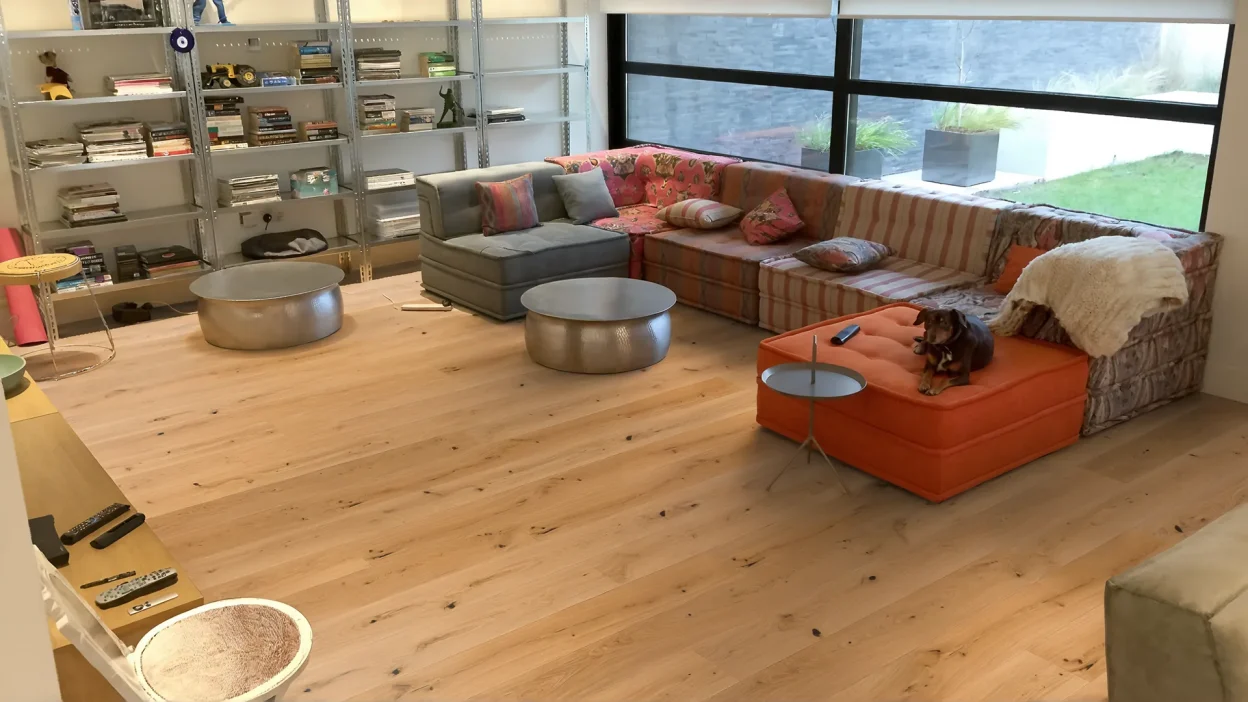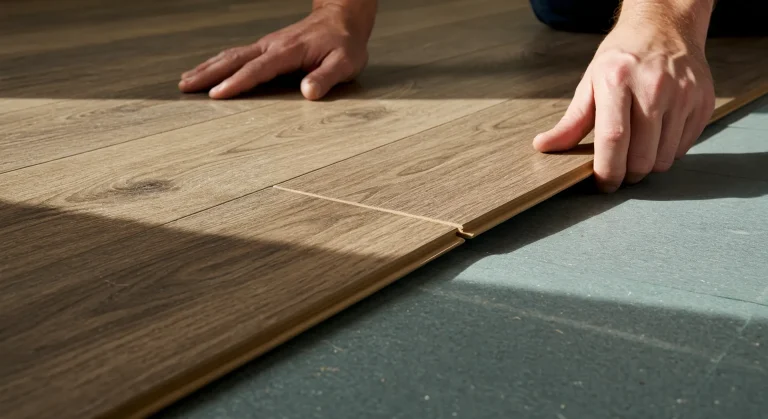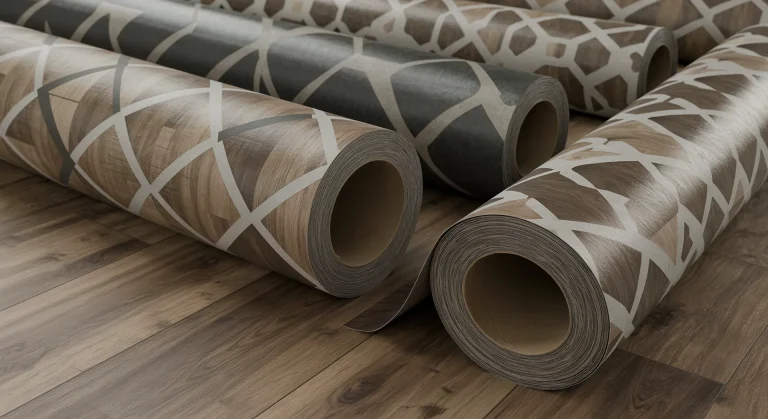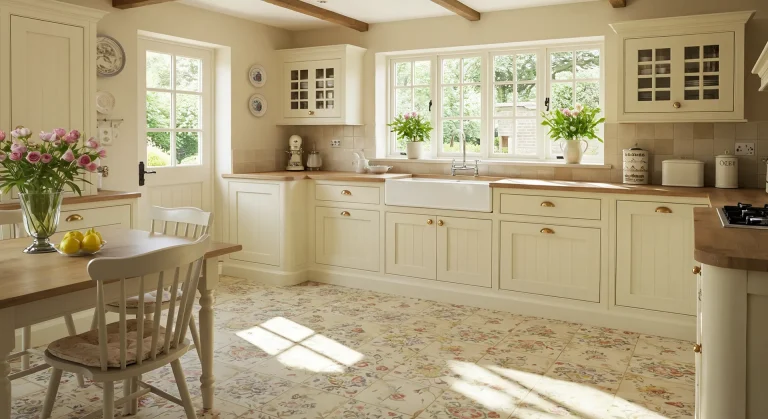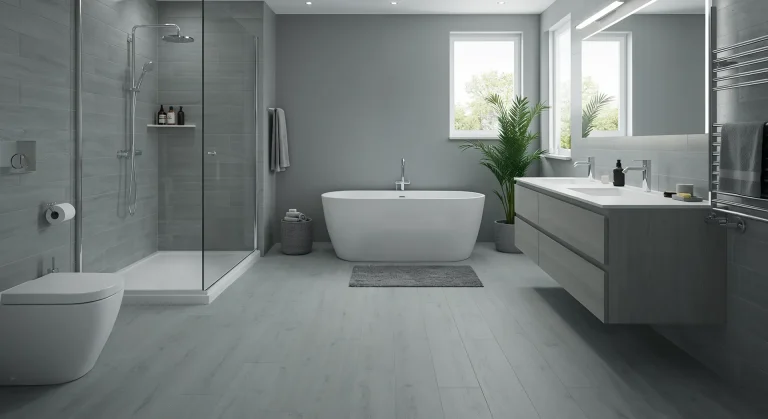Real wood flooring brings unparalleled warmth, character, and value to any UK home. But beyond the choice of timber species and plank size lies a crucial decision: the finish. The wood floor finish you select does more than just influence the final look; it’s the primary line of defence protecting your investment against daily wear, spills, scratches, and sunlight. With various options available, each offering distinct advantages in terms of appearance, durability, maintenance, and eco-credentials, navigating the world of wood floor finishes can seem daunting.
From traditional penetrating oils that enhance natural beauty to tough modern lacquers designed for maximum resilience, understanding the key differences is essential. This comprehensive guide explores the main types of wood floor finishes available in the UK market for 2025, comparing their pros and cons, suitability for different lifestyles, and maintenance requirements, helping you make an informed choice for beautiful, long-lasting floors.
Jump to Section:
- Why Your Wood Floor Finish Matters More Than You Think
- The Main Contenders: Understanding Common Wood Floor Finishes in the UK
- Wood Floor Lacquers (Varnishes): The Durable Shield Option
- Natural Oils & Hardwax Oils: For Authentic Wood Beauty & Feel
- UV-Cured Finishes: The Modern High-Performance Choice
- Sheen Scene: Gloss, Satin, or Matt – Decoding Finish Levels
- How to Choose the Best Wood Floor Finish for Your UK Home
- Maintaining the Magic: Caring for Different Wood Floor Finishes
- Wood Floor Finishes: Making Your Final Decision
Why Your Wood Floor Finish Matters More Than You Think
Choosing a wood floor finish isn’t just an aesthetic decision; it profoundly impacts your floor’s longevity and day-to-day usability. The finish performs two vital roles:
- Protection: It creates a barrier against life’s daily assaults – foot traffic, furniture movement, accidental spills (from morning tea to evening wine), dirt, grit, and even UV rays from sunlight which can fade wood over time. A suitable finish prevents moisture penetration, scratches, and stains from reaching the wood itself.
- Appearance: The finish dictates the final look and feel. It determines the sheen level (from high gloss to ultra-matt), can enhance or subtly alter the wood’s natural colour and grain patterns, and contributes significantly to the overall style of your room.
Getting the finish right means enjoying beautiful floors that stand up to your lifestyle with manageable upkeep. Getting it wrong can lead to premature wear, difficult maintenance, or a look that doesn’t quite match your vision.
The Main Contenders: Understanding Common Wood Floor Finishes in the UK
While various treatments exist, the UK market primarily revolves around three main categories of modern wood floor finishes: Lacquers (often called Varnishes), Oils (including Natural and Hardwax types), and UV-Cured Finishes. Let’s break them down.
Wood Floor Lacquers (Varnishes): The Durable Shield Option
Often referred to interchangeably with ‘varnish’, modern lacquers are surface coatings that form a durable, protective film on top of the wood. They don’t penetrate deeply like oils. The most common type is polyurethane-based.
Types:
- Water-Based Polyurethane: The most popular choice in the UK today. Low odour, low VOC (Volatile Organic Compounds), fast drying times (often allowing multiple coats per day), and typically dries clear, preserving the wood’s natural colour without the ‘yellowing’ sometimes associated with older finishes. Leading brands like Bona (e.g., Traffic HD) and Pallmann (e.g., Pall-X 98) offer high-performance water-based options.
- Oil-Based (Solvent-Based) Polyurethane: Traditionally known for extreme durability, these have higher VOC content, strong solvent odours during application/curing, much longer drying times, and tend to impart a warm, amber hue to the wood which deepens over time. Less commonly used now due to environmental regulations and advances in water-based technology.
Pros:
- High Durability: Excellent resistance to scratches, scuffs, wear, and stains. Ideal for high-traffic areas.
- Low Maintenance Cleaning: Smooth surface is easy to sweep/vacuum and damp mop with a pH-neutral cleaner. Doesn’t require periodic re-oiling.
- Water Resistance: Provides a good barrier against spills (though standing water should still be wiped up).
- Variety of Sheens: Available from high gloss to very matt finishes.
Cons:
- Less Natural Feel: Can feel more like a coating on the wood rather than part of it; some describe it as ‘plastic-like’.
- Difficult Spot Repairs: Scratches penetrating the lacquer layer cannot usually be spot-repaired seamlessly. Repair typically requires sanding back the entire affected area or room and re-lacquering – a costly and disruptive process.
- Potential for Scratches to Show: While durable, deep scratches can occur and might be more noticeable on the uniform surface, especially on gloss finishes.
- Oil-Based Drawbacks: High VOCs, strong odour, long drying, potential yellowing.
Best For: Busy households with kids/pets, high-traffic areas (hallways, kitchens), commercial spaces, homeowners prioritizing low-maintenance cleaning over natural feel or spot repairability.
Natural Oils & Hardwax Oils: For Authentic Wood Beauty & Feel
Oil finishes work by penetrating into the wood grain, protecting it from within and becoming part of the timber itself, rather than forming a surface film like lacquer. This results in a very natural look and feel.
Types:
- Natural Penetrating Oils: Traditional oils like Linseed Oil or Tung Oil. They soak deep into the wood, nourishing it and providing basic protection. Often 100% natural ingredients. Require slow curing (oxidation) and typically need more frequent re-application to maintain protection.
- Hardwax Oils: A highly popular category in the UK, offered by brands like Osmo (Polyx-Oil), Fiddes (Hard Wax Oil), Bona (Craft Oil 2K), and Pallmann (Magic Oil 2K). These are sophisticated blends of natural oils (like sunflower, soybean, thistle) and natural waxes (carnauba, candelilla). They penetrate like oils but the wax component also forms a very thin, durable, microporous (breathable) protective layer on the surface. This offers a great balance between natural aesthetics and enhanced durability/resistance compared to pure natural oils.
Pros:
- Stunning Natural Look & Feel: Deeply enhances the wood’s grain, texture, and warmth. Feels like real wood underfoot.
- Spot Repairable: Minor scratches or worn areas can often be seamlessly repaired by lightly cleaning/sanding the spot and reapplying the oil/hardwax oil, which blends in over time. No need for full floor sanding.
- Microporous/Breathable: Allows the wood to breathe naturally, helping regulate moisture – beneficial in older UK properties.
- Eco-Friendly Options: Many natural oils and hardwax oils have very low or zero VOCs and use sustainable ingredients.
- Develops Patina: Can age beautifully with the wood.
- Hardwax Oil Benefits: Offer significantly better durability, water resistance, and stain resistance than pure natural oils, making them suitable for moderate to even high-traffic areas.
Cons:
- Requires Specific Maintenance: Needs cleaning only with dedicated pH-neutral soaps designed for oiled/waxed floors (e.g., Osmo Wash and Care, Bona Cleaner for Oiled Floors). Regular household cleaners can strip the finish. Periodic ‘refreshing’ with maintenance oils/liquid wax care is needed (e.g., every 6-12 months in high traffic zones) to replenish protection.
- Lower Initial Scratch Resistance (vs Lacquer): While durable (especially hardwax oils), they may show superficial scratches more easily than a hard lacquer initially, though these are repairable.
- Natural Oils Cure Slowly: Pure natural oils can take time to fully cure. Hardwax oils often cure faster.
Best For: Homeowners prioritizing a truly natural wood look and feel, those who value the ability to spot repair, period properties, areas with moderate traffic (hardwax oils suit higher traffic too), users preferring natural/eco-friendly products and willing to follow a specific maintenance routine.
UV-Cured Finishes: The Modern High-Performance Choice
These finishes utilize ultraviolet (UV) light to cure almost instantly during application. This technology can be applied to both lacquer and oil-based formulations.
Types:
- UV Lacquer: A factory-applied finish common on many pre-finished engineered wood floors sold in the UK. Multiple layers are applied and UV-cured for an extremely hard, durable topcoat similar to traditional lacquer but cured instantly.
- UV Oil: Also often factory-applied, offering the look and feel closer to a traditional oil but with enhanced surface durability and immediate usability thanks to the UV curing. Some professional site-applied UV oil systems exist (e.g., Pallmann Magic Oil 2K mentioned earlier uses UV curing technology optionally for faster hardening).
Pros:
- Extreme Initial Durability: Especially UV Lacquer, offers excellent scratch and wear resistance right away.
- Instant Curing: Floors are ready for use immediately after the UV curing process – a major advantage for pre-finished floors or commercial projects with tight deadlines.
- Low VOC Post-Cure: No significant off-gassing after installation.
- Consistency: Factory application ensures a uniform finish.
Cons:
- Difficult Repairs: Spot repairs are notoriously difficult, especially for UV Lacquer. Damage often necessitates board replacement or professional intervention. UV Oil may offer slightly better repair prospects but can still be challenging compared to traditional oils.
- Specialist Application: Site-applied UV finishes require expensive specialist equipment and trained professionals. Factory finishes limit on-site customisation.
- Feel: Can sometimes feel less ‘natural’ than traditionally applied oils, though UV Oils bridge this gap better than UV Lacquers.
- Potential Need for Specific Cleaners: Check manufacturer advice.
Best For: Pre-finished engineered wood flooring, commercial settings requiring maximum durability and minimal downtime, situations where immediate use after installation is critical.
Sheen Scene: Gloss, Satin, or Matt – Decoding Finish Levels
The sheen describes how much light the finish reflects:
- Gloss: Highest shine, very reflective. Looks sleek and modern but shows imperfections, dust, and scratches readily. Less common now in the UK.
- Semi-Gloss: Medium shine, offers good durability.
- Satin: Moderate lustre, provides a soft sheen. Very popular in the UK – offers a good balance, looks elegant, and hides minor imperfections better than gloss. Often the standard sheen for lacquers unless specified otherwise.
- Matt: Low sheen, very little reflection. Creates a more natural, contemporary look. Excellent at hiding dust and minor scratches. Very popular for both lacquers and oils/hardwax oils.
- Ultra-Matt/Raw/Invisible: Lowest sheen possible, aims to look almost like bare, unfinished wood while still providing protection. Popular for Scandi-inspired interiors. Often achieved with specialist oils or lacquers.
Generally, lower sheens (Satin, Matt) are more practical for busy homes as they conceal minor wear and tear better.
How to Choose the Best Wood Floor Finish for Your UK Home
Consider these factors:
- Lifestyle & Traffic: High traffic (hallways, kitchens, family rooms), pets, young children? ⇒ Lean towards high-durability Lacquers (water-based PU recommended) or robust Hardwax Oils / UV Finishes. Lower traffic (bedrooms, studies)? ⇒ Natural Oils or standard Hardwax Oils are excellent choices.
- Desired Look & Feel: Want maximum natural wood enhancement and feel? ⇒ Oils/Hardwax Oils. Prefer a smooth, uniform surface film? ⇒ Lacquers. Consider the sheen level carefully – Satin and Matt are popular, practical UK choices.
- Maintenance Commitment: Prefer simple sweep/damp mop routine with occasional professional refinish years down the line? ⇒ Lacquers. Willing to use specific soaps and perform periodic re-oiling/waxing yourself? ⇒ Oils/Hardwax Oils.
- Repairability: Is the ability to easily fix minor scratches yourself important? ⇒ Oils/Hardwax Oils are clear winners. If you accept that damage might mean board replacement or a full refinish eventually ⇒ Lacquers/UV Finishes.
- Environment & Health: Concerned about VOCs? ⇒ Choose Water-Based Lacquers or quality Natural/Hardwax Oils. Check product specifications.
- Underfloor Heating (UFH): Common in UK homes. Ensure your chosen finish and any associated primers/sealers are certified compatible with UFH systems. Most quality modern finishes are.
- Budget: Factor in initial application cost (product + labour if professional) and long-term maintenance/refinishing costs. Oils require ongoing purchase of maintenance products but avoid expensive sanding/refinishing for spot repairs. Lacquers need less ongoing spend but major repairs are costly.
Maintaining the Magic: Caring for Different Wood Floor Finishes
Correct maintenance is key to longevity, regardless of the finish:
All Finishes:
- Sweep or vacuum (soft brush head) regularly to remove grit.
- Wipe up spills immediately.
- Use doormats and protective furniture pads.
- Never use steam mops (can damage finish and wood).
- Avoid excessive water when cleaning.
- Avoid harsh chemicals, ammonia, bleach, vinegar (can dull/damage finish).
Lacquered Floors:
- Clean with a damp microfibre mop using a pH-neutral wood floor cleaner specifically for lacquered/varnished floors.
- Can use refresher products (like Bona Refresher) periodically to restore shine and add protection if needed.
Oiled & Hardwax Oiled Floors:
- Clean only with a damp microfibre mop using soap specifically designed for oiled floors (e.g., Osmo Wash and Care, Bona Soap). These soaps clean gently and contain oils to replenish the finish.
- Apply a maintenance oil or liquid wax care product periodically (e.g., every 6-12 months in traffic areas) to restore protection and lustre. Follow product instructions carefully.
Wood Floor Finishes: Making Your Final Decision
Choosing between wood floor finishes like modern Lacquers, versatile Hardwax Oils, traditional Natural Oils, or high-tech UV Finishes ultimately depends on balancing your priorities for appearance, durability, maintenance, repairability, and budget within your UK home context.
Lacquers offer robust, low-maintenance protection ideal for the busiest households. Oils and Hardwax Oils provide unmatched natural beauty and repairability for those seeking an authentic connection to the wood and who are prepared for a specific care routine. UV finishes deliver extreme initial durability, particularly suited to pre-finished flooring. Consider your lifestyle, examine samples if possible, and choose the finish that will best protect and showcase your beautiful wood floors for years to come.

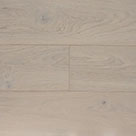 Light
Light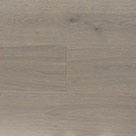 Grey
Grey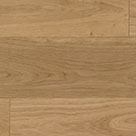 Natural
Natural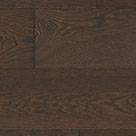 Dark
Dark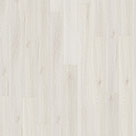 White
White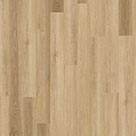 Light
Light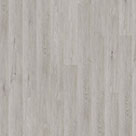 Grey
Grey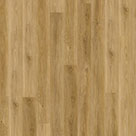 Natural
Natural Dark
Dark Black
Black